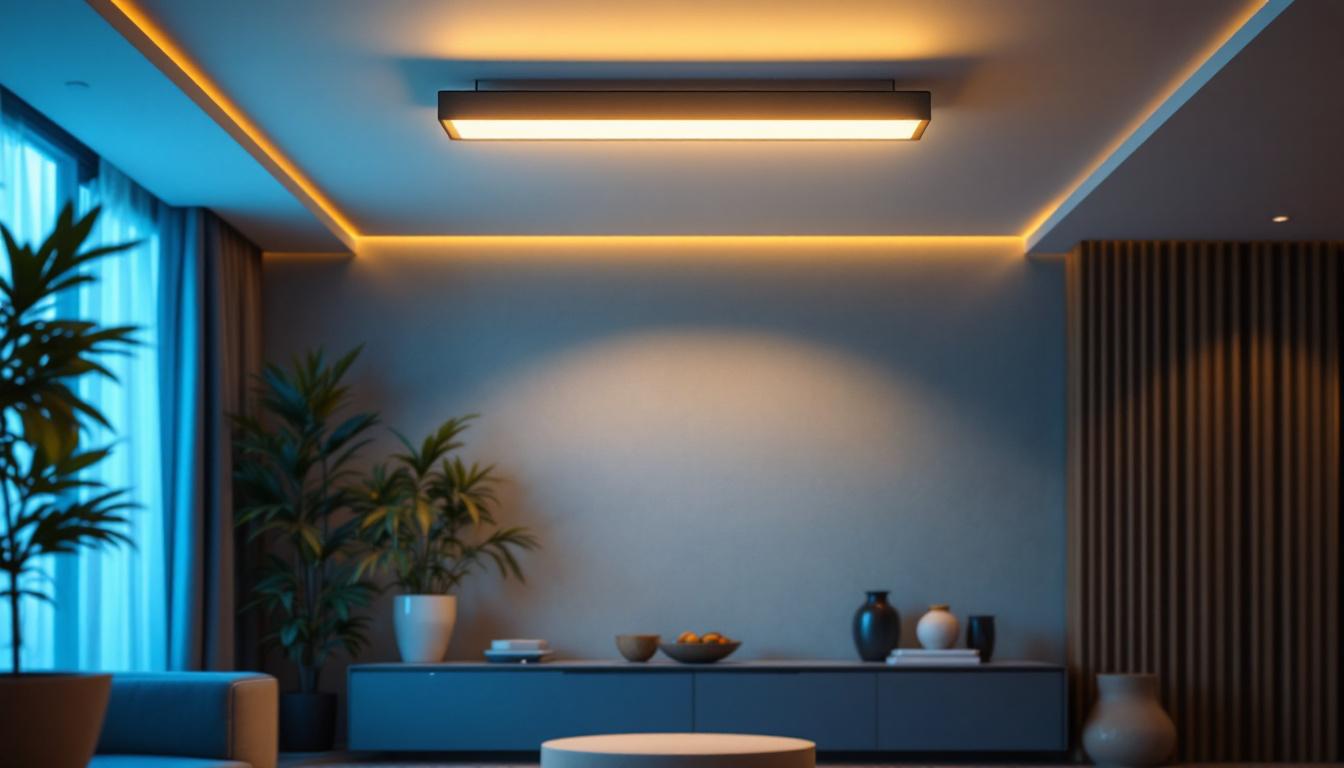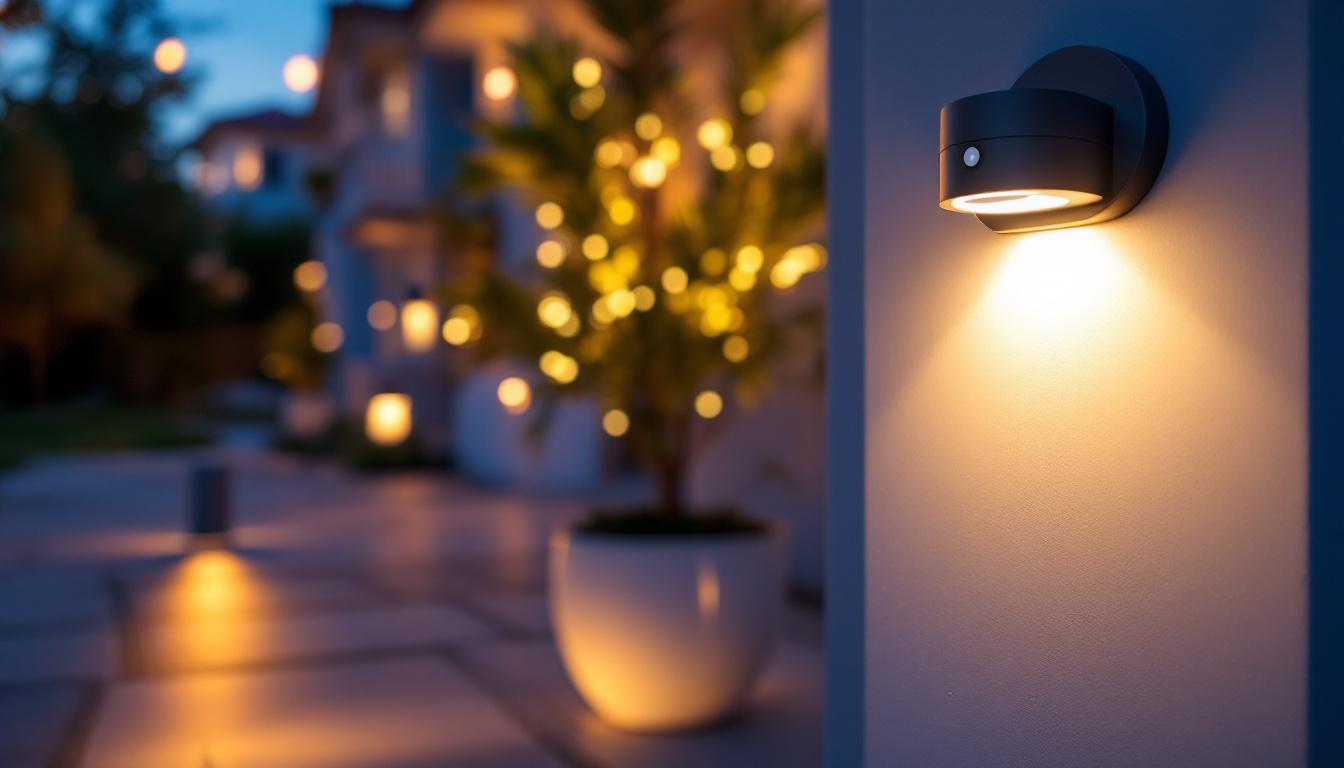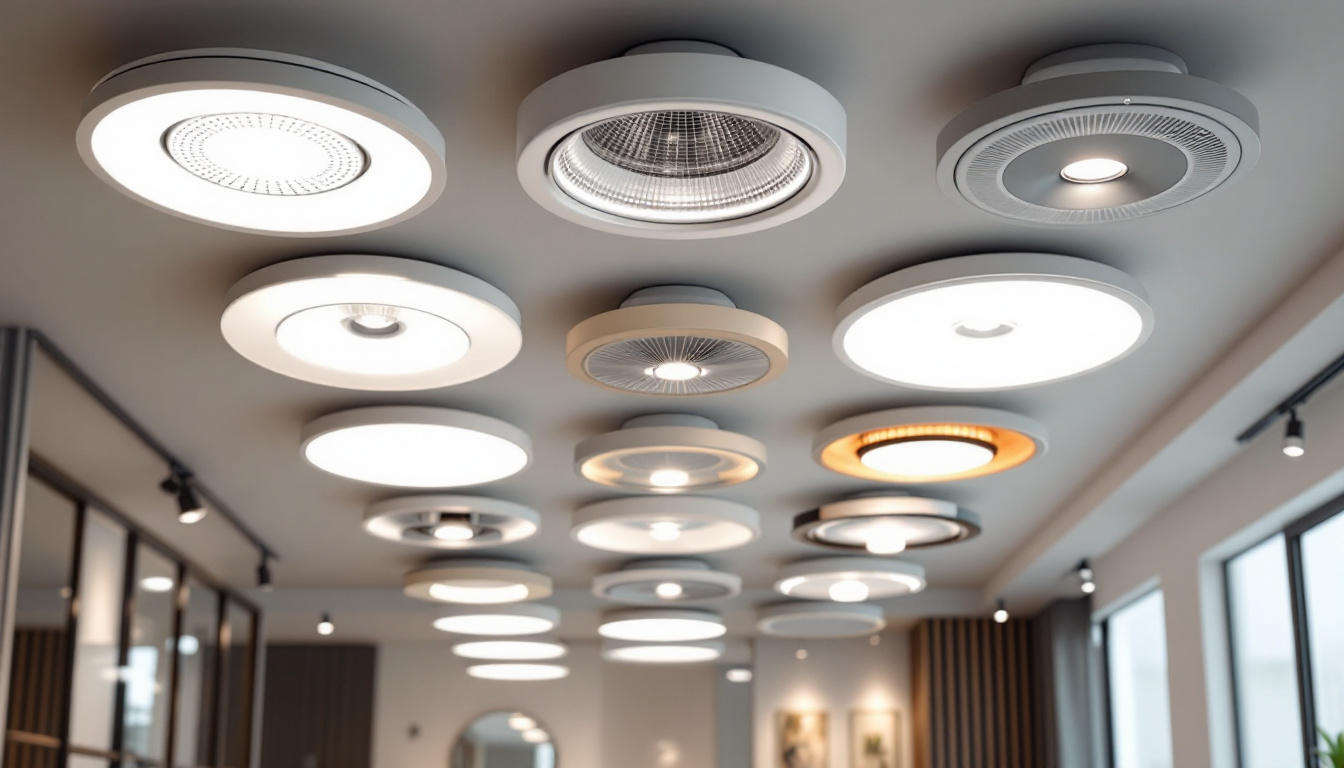
Outdoor pole light fixtures play a crucial role in enhancing safety, security, and aesthetics in various environments. For lighting contractors, understanding the nuances of these fixtures is essential to meet client expectations and ensure successful installations. This article provides expert advice tailored specifically for lighting contractors, covering essential aspects from selecting the right fixtures to installation tips and maintenance considerations.
Outdoor pole light fixtures are versatile lighting solutions designed for a variety of applications, including parking lots, pathways, parks, and commercial areas. These fixtures can significantly improve visibility and create a welcoming atmosphere. However, selecting the right type of fixture requires a comprehensive understanding of their features and applications.
There are several types of outdoor pole light fixtures available, each suited for different applications. The most common types include:
When selecting outdoor pole light fixtures, several features should be taken into account:
In addition to these considerations, it’s essential to evaluate the height and placement of the pole light fixtures. The height of the pole can dramatically influence the spread of light and the overall effectiveness of the installation. For instance, taller poles are often used in parking lots to ensure that light reaches all corners of the area, while shorter poles may be more appropriate for pathways or gardens where a softer glow is desired. Furthermore, strategic placement can help minimize shadows and enhance safety for pedestrians and drivers alike.
Another important aspect to consider is the aesthetic design of the pole light fixtures. The style and finish of the fixtures can complement the architectural features of the surrounding environment, contributing to the overall appeal of the area. From sleek, modern designs to more traditional lantern styles, there are numerous options available to suit various tastes and settings. This attention to design not only elevates the visual aspect of outdoor spaces but can also increase property value and enhance the experience of those who use these areas.
Proper installation of outdoor pole light fixtures is critical for optimal performance and longevity. Following best practices can help ensure a successful installation process.
Before installation, conduct a thorough site assessment. This involves evaluating the area to determine the best locations for the fixtures, considering factors such as:
Planning the layout carefully will help avoid issues during installation and ensure that the lighting meets the client’s needs. Additionally, consider the aesthetic impact of the lighting on the surrounding environment. For instance, fixtures should complement the architectural style of nearby buildings and not detract from the natural beauty of landscaping. Engaging with local regulations and community guidelines regarding outdoor lighting can also be beneficial, as it may influence fixture types and brightness levels.
When mounting outdoor pole light fixtures, it is vital to follow the manufacturer’s guidelines. Here are some key considerations:
Moreover, consider the orientation of the fixtures during installation. Proper angling can enhance the effectiveness of the light distribution, minimizing shadows and dark spots in the illuminated area. In addition, utilizing adjustable mounts can provide flexibility for future adjustments without the need for complete reinstallation, allowing for adaptability as landscape features change over time.
Once the fixtures are installed, conduct thorough testing to ensure they function as intended. Check for:
Adjustments may be necessary to optimize performance, such as repositioning fixtures or modifying settings on smart lighting systems. It is also beneficial to observe the lighting during different times of the day and under various weather conditions to assess its effectiveness comprehensively. Gathering feedback from users or stakeholders can provide valuable insights into the lighting’s performance, helping to identify any areas for improvement or further enhancement. Regular maintenance checks should also be scheduled to ensure that the fixtures remain in optimal condition over time, addressing any wear and tear that may occur due to environmental exposure.
Regular maintenance is essential to prolong the lifespan of outdoor pole light fixtures and maintain their performance. Lighting contractors should educate clients about the importance of ongoing maintenance and provide guidance on best practices.
Conducting routine inspections can help identify potential issues before they escalate. Key areas to inspect include:
Documenting findings during inspections can help track performance over time and inform maintenance schedules.
Keeping outdoor pole light fixtures clean is vital for optimal performance. Dust, dirt, and debris can accumulate on lenses, reducing light output. Here are some cleaning tips:
As technology advances, upgrading outdoor pole light fixtures may become necessary to improve efficiency and performance. Lighting contractors should stay informed about the latest innovations and advise clients on potential upgrades. Considerations for upgrades include:
Effective communication with clients is essential for successful lighting projects. Educating clients about outdoor pole light fixtures can help manage expectations and ensure satisfaction with the final results.
When discussing outdoor lighting projects with clients, it is crucial to set realistic expectations regarding performance, aesthetics, and costs. Key points to address include:
Clients often appreciate guidance on maintaining their outdoor lighting systems. Providing a simple maintenance checklist can empower clients to take care of their fixtures effectively. This checklist may include:
Encouraging feedback from clients can foster a positive relationship and provide valuable insights for future projects. After completing an installation, consider following up with clients to:
Outdoor pole light fixtures are an integral part of effective lighting solutions for various environments. For lighting contractors, understanding the types, installation best practices, maintenance considerations, and client communication strategies is essential for success. By following the expert advice outlined in this article, contractors can enhance their expertise, improve client satisfaction, and ultimately contribute to safer and more aesthetically pleasing outdoor spaces.
Staying informed about industry trends and technological advancements will also equip lighting contractors to make informed decisions and recommendations. Embracing a proactive approach to education and communication will not only elevate the quality of installations but also solidify long-term relationships with clients.
Ready to elevate your lighting installations with the best in the business? Look no further than LumenWholesale for all your outdoor pole light fixture needs. We provide lighting contractors with superior, spec-grade products that shine in quality and value. Say goodbye to local distributor markups and hello to our unbeatable wholesale prices, backed by an extensive selection that meets rigorous industry standards. Plus, with free shipping on bulk orders, you can stock up on premium lighting without the worry of hidden fees. Don’t compromise on quality or cost—choose LumenWholesale for a seamless blend of excellence and affordability. Wholesale Lighting at the Best Value is just a click away.

Discover the essential guide for lighting contractors on selecting the perfect linear flush mount lights.

Discover the transformative impact of dusk to dawn outdoor light sensors through real-world success stories from lighting contractors.

Discover everything lighting contractors need to know about ceiling fluorescent light fixtures in this comprehensive guide.

Discover the essential guide to recessed lighting covers tailored for lighting contractors.